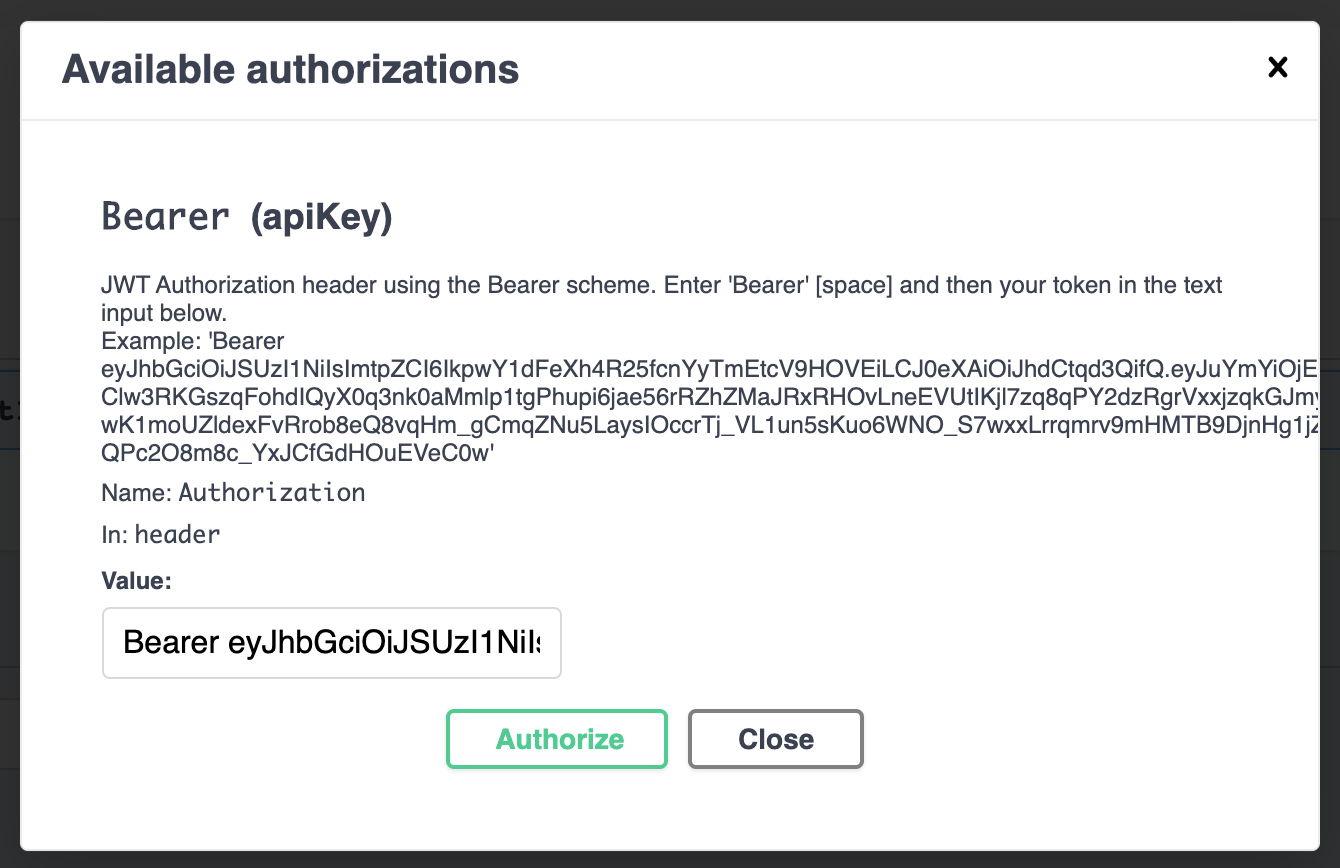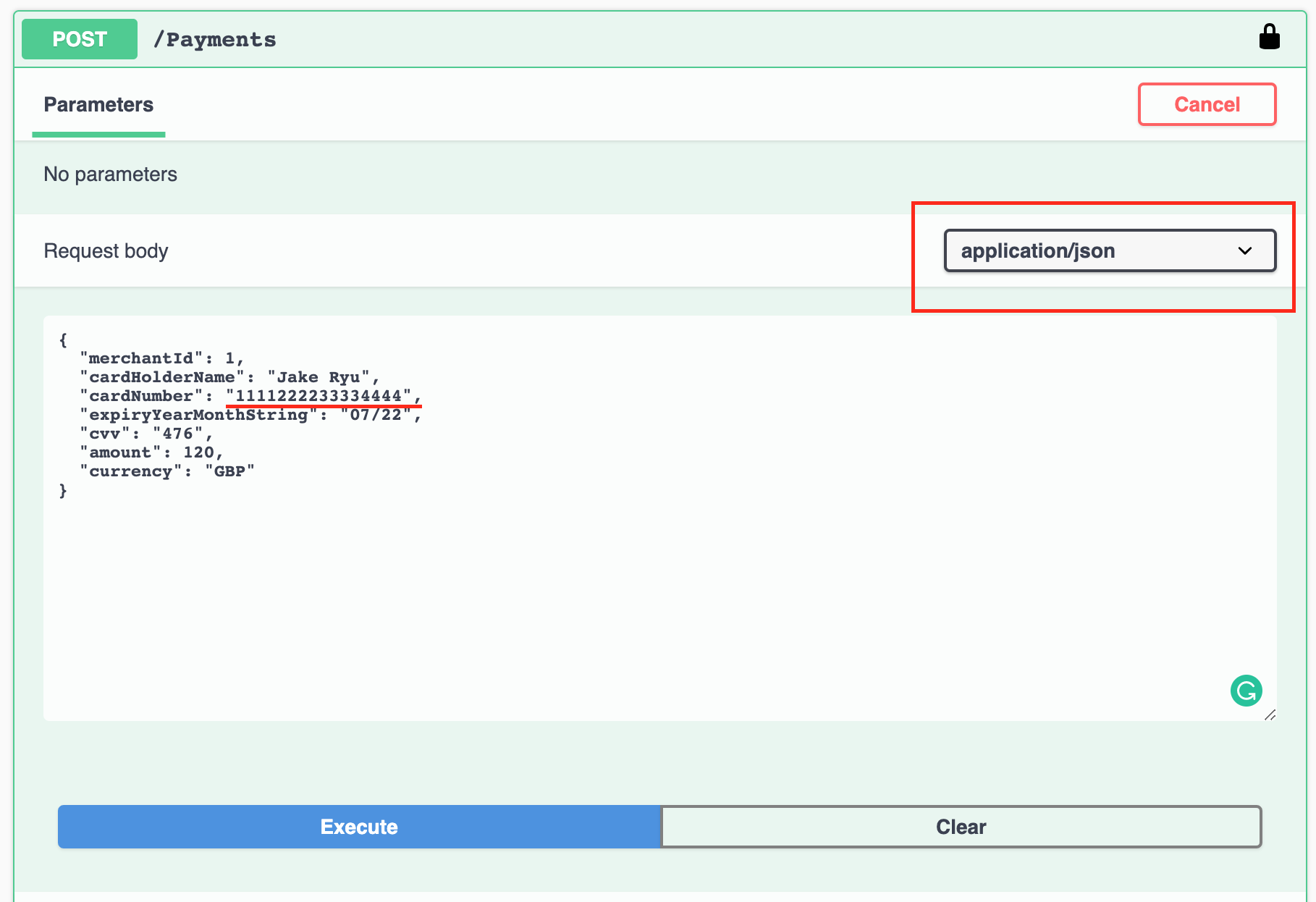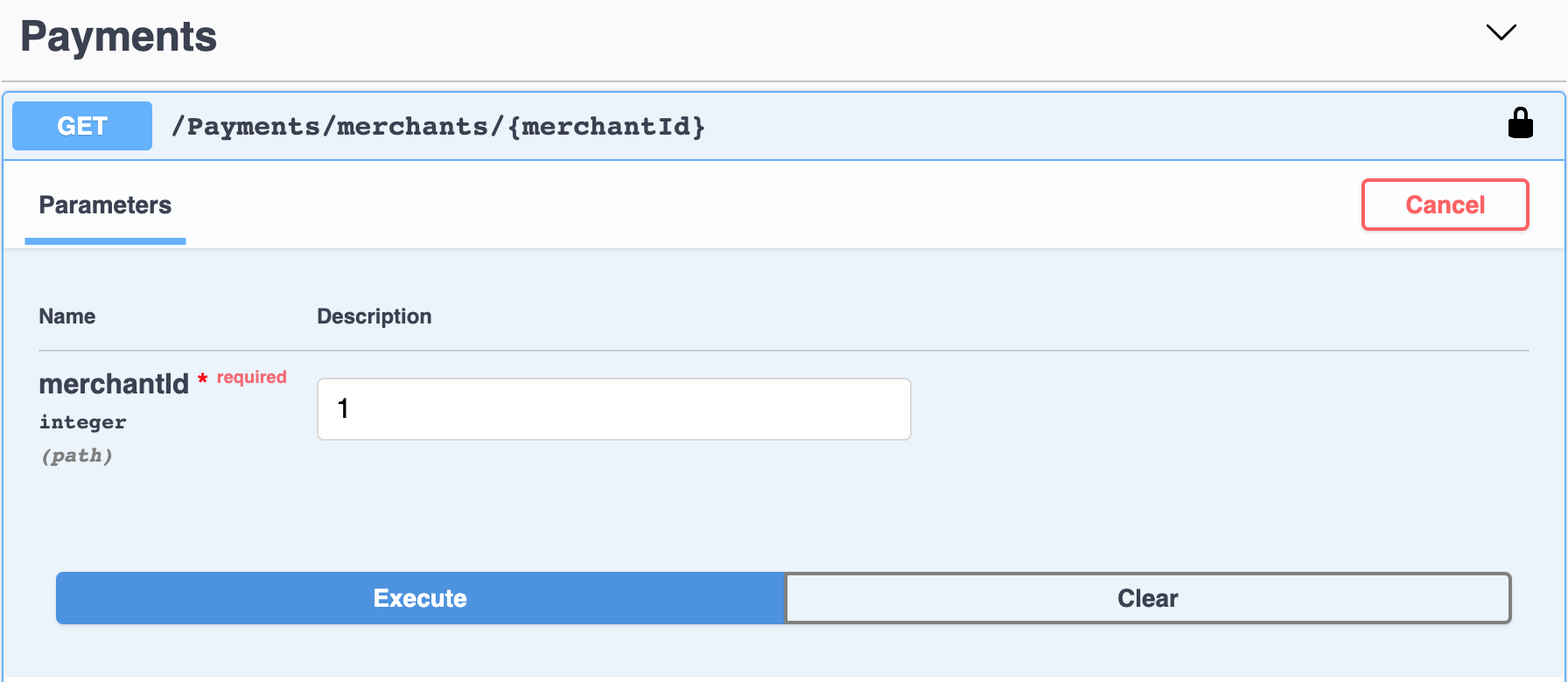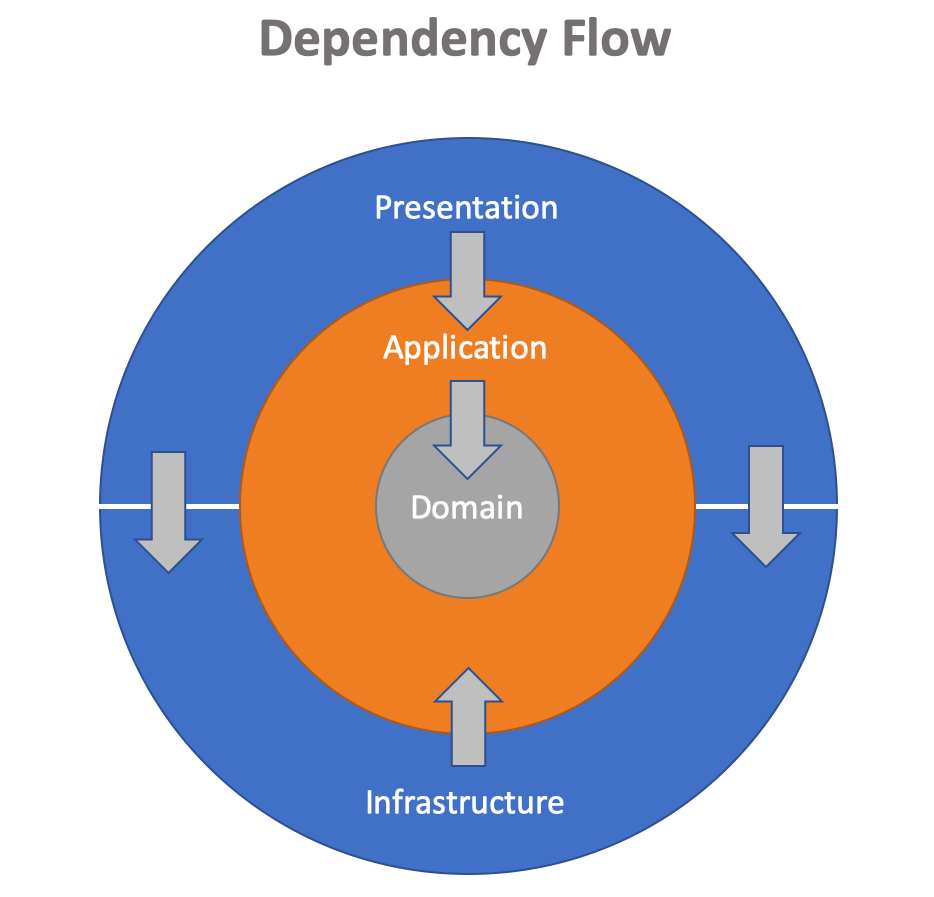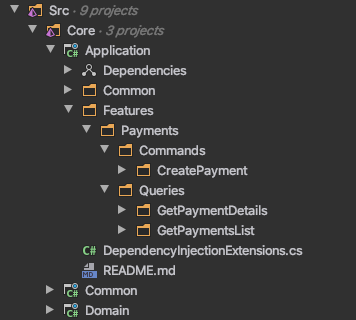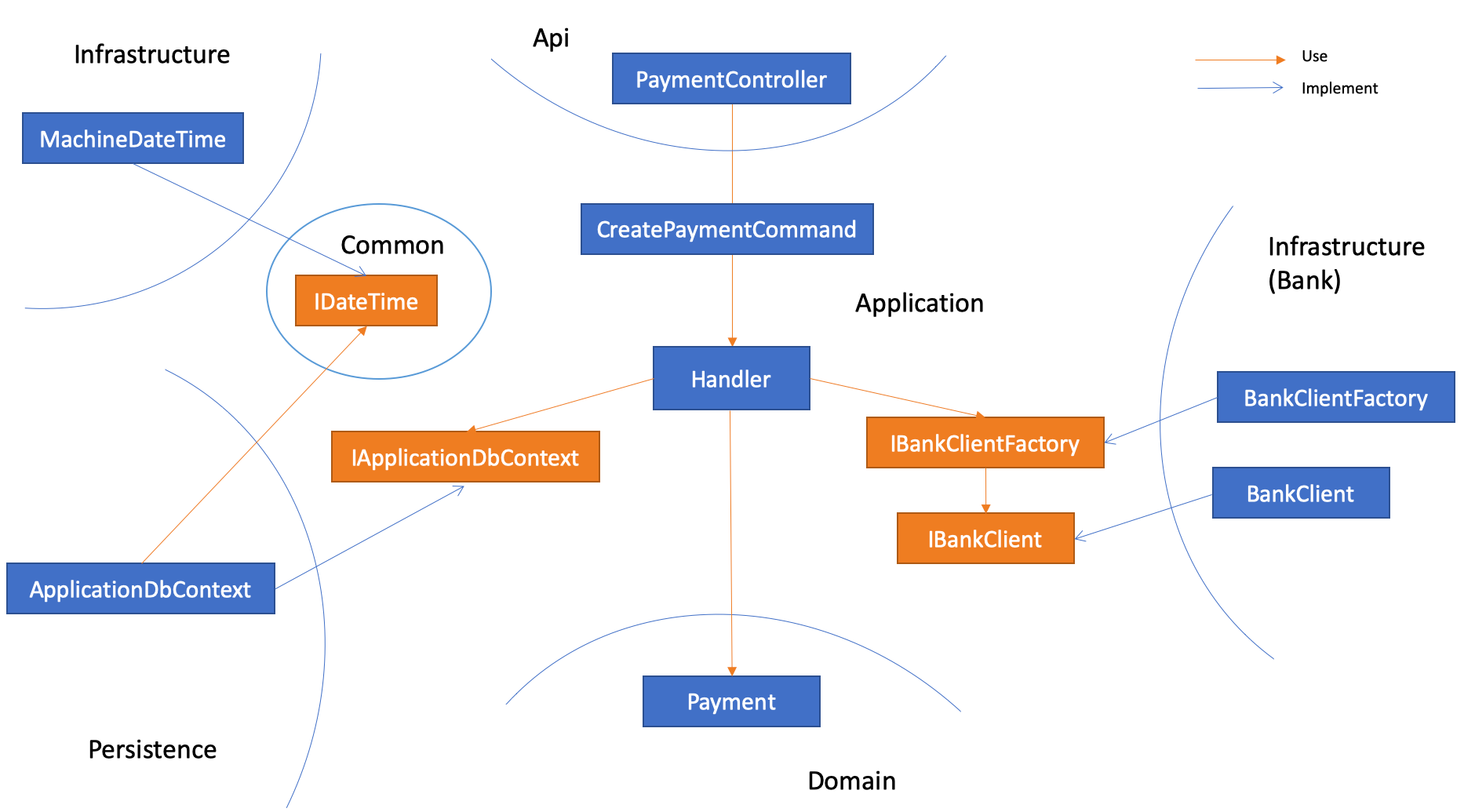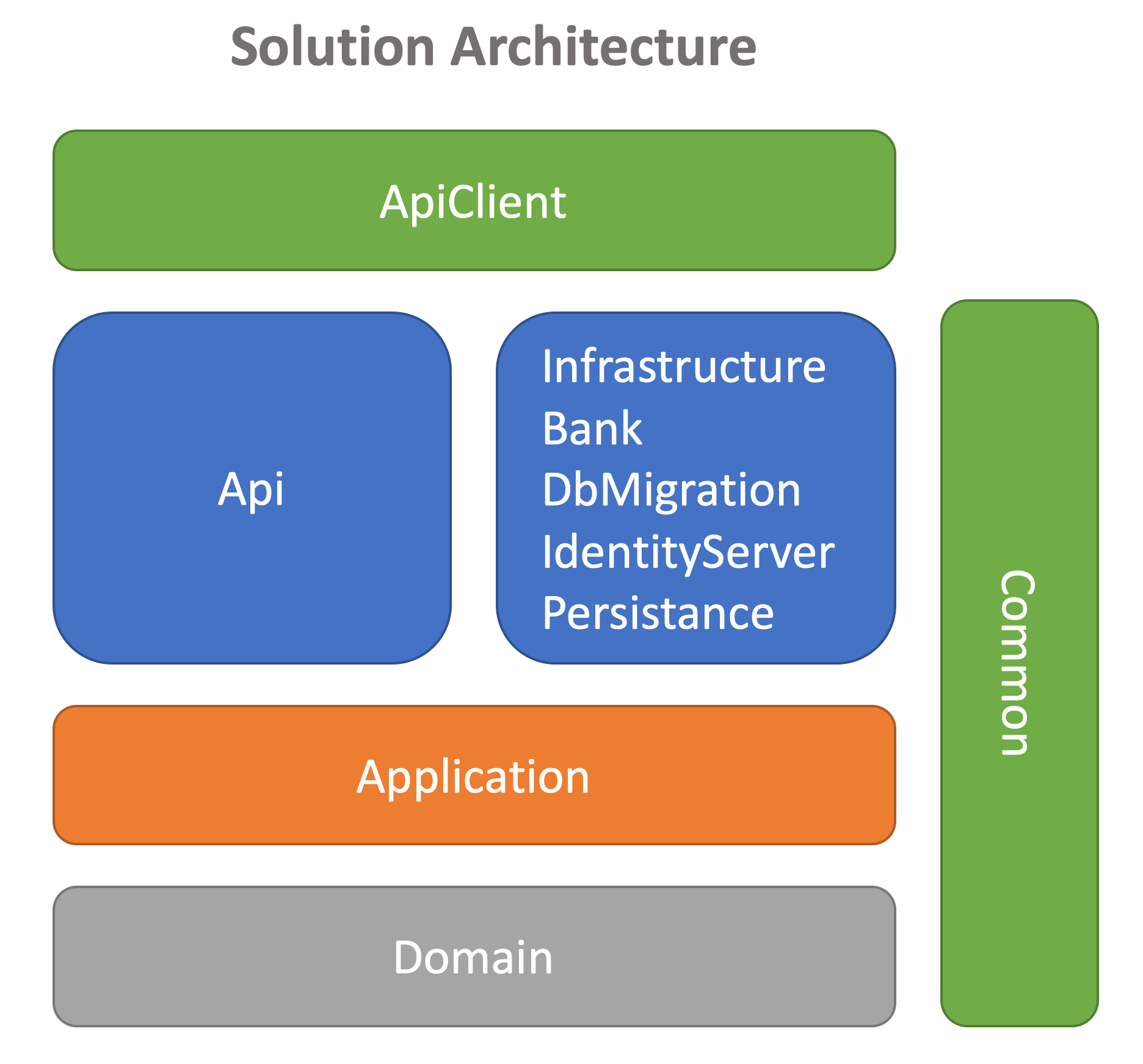E-Commerce is experiencing exponential growth and merchants who sell their goods or services online need a way to easily collect money from their customers. The payment gateway will need to provide merchants with a way to process a payment. To do this, the merchant should be able to submit a request to the payment gateway. A payment request should include appropriate fields such as the card number, expiry month/date, amount, currency, and cvv.
Build an API that allows a merchant to process a payment through the payment gateway, and to retrieve details of a previously made payment.
The target framework is netcoreapp3.0. To run the solution, download and install .NET Core SDK v3.0.0 or later at https://dotnet.microsoft.com/download/dotnet-core/3.0 PowerShell is also required.
Open PowerShell as administrator as writing permission is needed for a local database and logging. For MacOS, run
sudo pwsh
Change directory to Build and run
./build.ps1
It invokes,
- Build the entire solution
- Migrate database
- Run test projects
- If the tests pass, run API
The API is listening on http://localhost:5000, https://localhost:5001
Note: If run into a permission error like "Can't write to SQLite ...", make sure the terminal is run as Admin privilege.
The API are up and running if you have run the PowerShell script build.ps1. The script does not necessarily run the API but running tests before launching API is the idea.
Once API Swagger is loaded, we need a bearer token, otherwise we get 401 Unauthorised error. To do so, we need to launch IdentityServer to get a token.
- Open a new terminal window. Change director to
IdentityServerand run
dotnet run
- Open a new terminal window. Change directory to
ApiClientand run
dotnet run
Copy the value of access_token and put it in Swagger. Hit Authorize button on the top right in Swagger.
Enter the value copied with 'Bearer ' in front. Make sure the Bearer and the token are separated by space as below.
Hit Authorise button to close the dialog.
Let's post a payment request. Note that card number, 1111222233334444 is only accepted. Try other number to see if it returns Bad Request error.
Finally, we can see the list of payment. Provide the merchant number that was used on posting.
Note that the card number has been masked for security.
The model of the solution is based on Clean Architecture and CQRS. The concentric circles in [Figure 1] represent different areas of software. The inner circles are policies; the outer circles are mechanism. The further in you go, the higher level the software becomes, in general.
[Figure 1]
Source code dependencies must point only inward, toward higher-level policies.
By separating the software into layers and conforming to the dependency rules, a system becomes intrinsically testable.
- Domain contains entities, value objects, enterprise-wide logic and exceptions
- Application contains interfaces to implement use case scenarios, command / queries, validators, exceptions
- Infrastructure contains all external concerns
- Presentation and Infrastructure depend only on Application
- Infrastructure and Presentation components can be replaced with minimal effort
Application layer is for use case scenarios to be implemented. The CQRS structure in [Figure 2] shows clear messages of the application purpose.
[Figure 2] - CQRS Folder Structure
Having interfaces declared in Application conforms to the inversion of control. It makes it easy to replace external resource (dependency). [Figure 3] shows an example of creating a payment.
[Figure 3]
Handler acquires a bank client through a bank client factory to send a payment request to a bank. If it is successful, it saves the payment details using the application-db-context. Note that Handler works with interfaces.
Looking at arrows indicating the use of interfaces, nothing in Application knows anything about something in an outside world except Domain.
[Figure 4]
| Project | Description | Project Dependencies |
|---|---|---|
| ApiClient | A test tool to demonstrate how to get a bearer token form IdentityServer and use it to call API | - |
| Api | Payment gateway API | Application, Bank, Common, Infrastructure, Persistence |
| Infrastructure | Contains MachineDateTime implementation of IDateTime from Common project. Contains API client, file system, email/sms, system clock | Application, Common |
| Bank | Collection of bank clients. Bank simulator mocks a bank for the sake of test | Application |
| DbMigration | Control database schema explicitly usnig FluentMigrator / Run by a build script | - |
| IdentityServer | Issue a bearer token to secure API | - |
| Persistence | Operate CRUD on database. Contains DbContext, configurations, seeding | Application |
| Application | Contain interfaces, models, logic, commands / queries, validators, exceptions | Common, Domain |
| Domain | Contain entity, value object, enum, exception, logic | Common |
| Common | Cross cutting concerns like date time service, logging, etc | - |
Serilog is a choice of logging here. For the test purpose it logs in a file but adding another sink for test and production
environment. It's extremely useful to use a centralised logging. Using a correlation id such as user id to group sequential processes helps track a user journey.
The log files are found in Logs directory under the solution root.
MediatR handles all requests and manages the request pipeline. We can log all requests and its performance via MediatR. Refer Application > Common > Behaviors.
IdentityServer 4
PSake
SQLite


